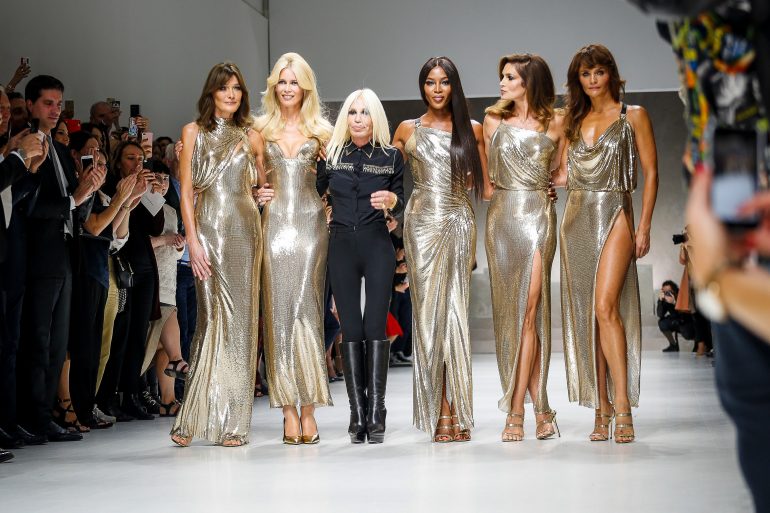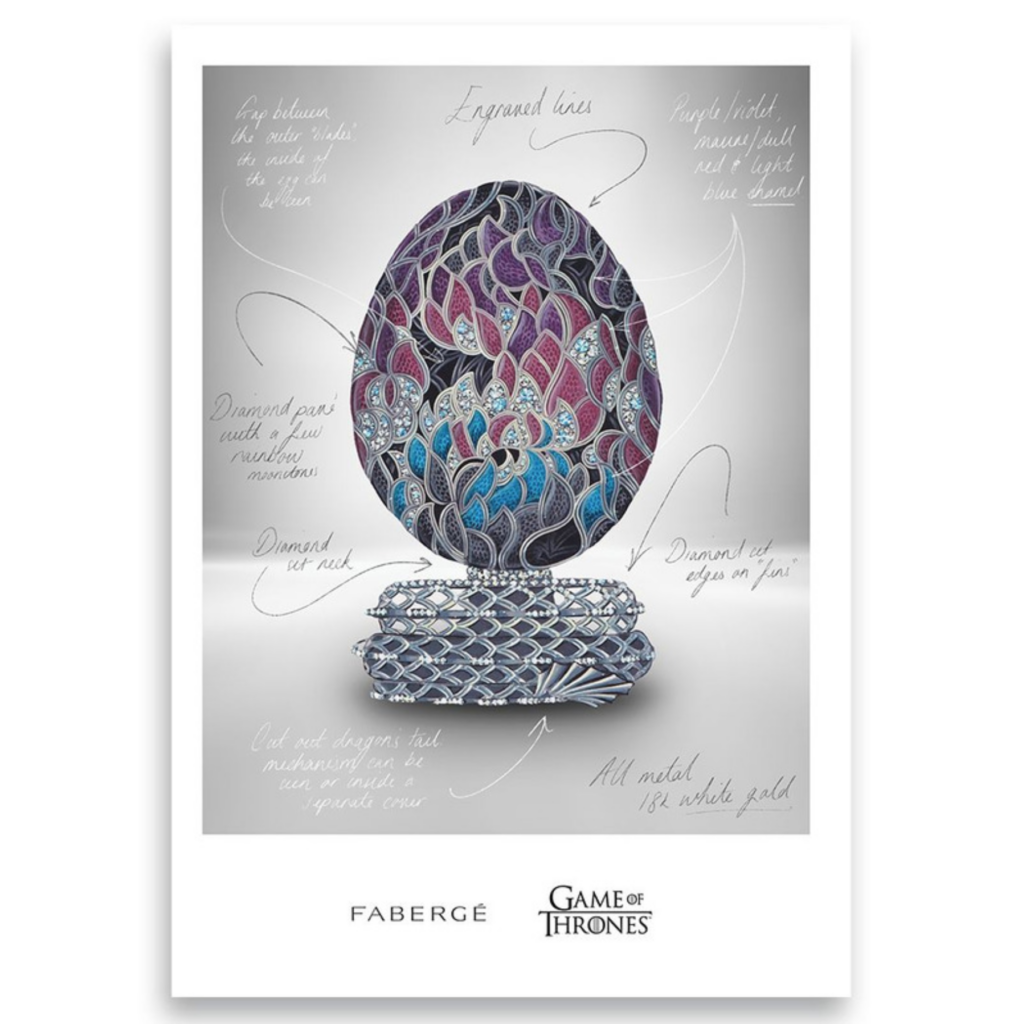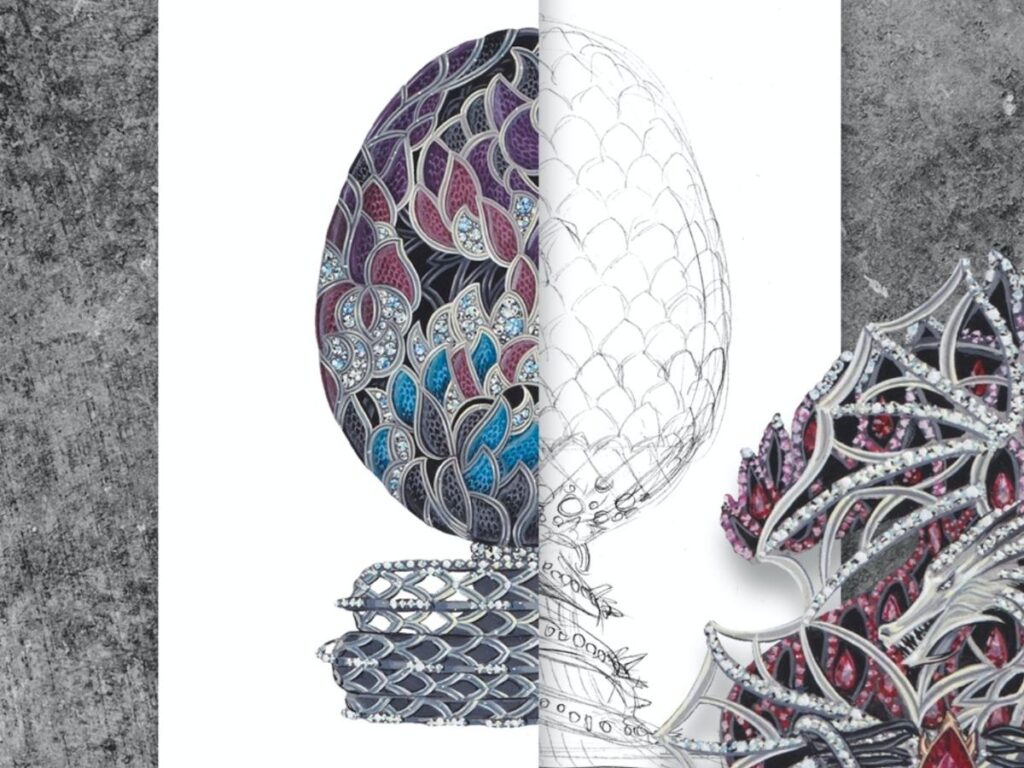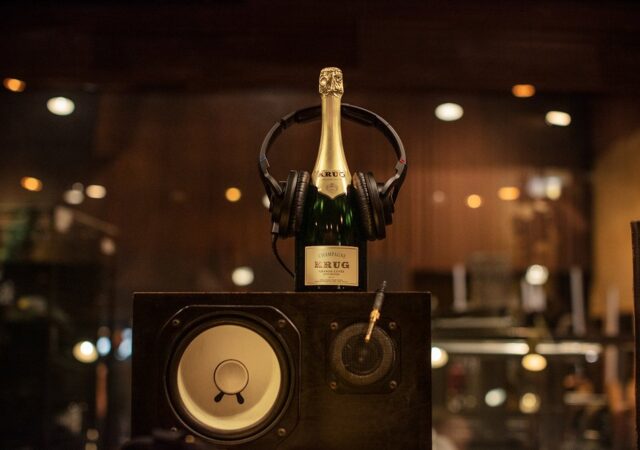Milan Fashion Week has doubtlessly been an exciting one!
All the fashion trends seen so far across New York and London (flower prints, the generous use of yellow) were there but with a twist: the true Italian way.
From Giorgio Armani to Bottega Veneta, Emilio Pucci to Salvatore Ferragamo – all the key elements appreciated on a global stage and served by Italian brands were visible. Craftsmanship (Salvatore Ferragamo); an incredible attention to tailoring (Giorgio Armani and MaxMara); the unique use of leather and fur as if it were silk (Bottega Veneta and Fendi); colorful and incredible prints (Emilio Pucci, Etro, Dolce e Gabbana, Versace, Roberto Cavalli and Marni); and a variety of strong ideas behind collections (Gucci) were ever-present.
And the week, as ever, was devoted to a range of Florentine-brand debuts.

Paul Surridge debuted as womenswear designer for Florentine’s Roberto Cavalli after the brand was sold to Clessidra in 2015, with designer Peter Dundas leaving his post as the creative helm of the brand shortly thereafter. This first collection by Surridge was intriguing as he took Cavalli’s historic prints to the runway – the zebra print taking center stage – in a clean and minimalistic way that was sexy and wild, yet also fit for the understated, fashionable European woman.

And Emilio Pucci – the brand founded by the Florentine Marchese de’Pucci – was also debuted. After Massimiliano Giorgietti – Creative Director of MSGM – left his position as Creative Director of Pucci last season, the Italian house presented its first collection created by his design studio. Pucci’s key elements for next spring will, without doubt, be his iconic and colored prints with a distinct 50’s allure.

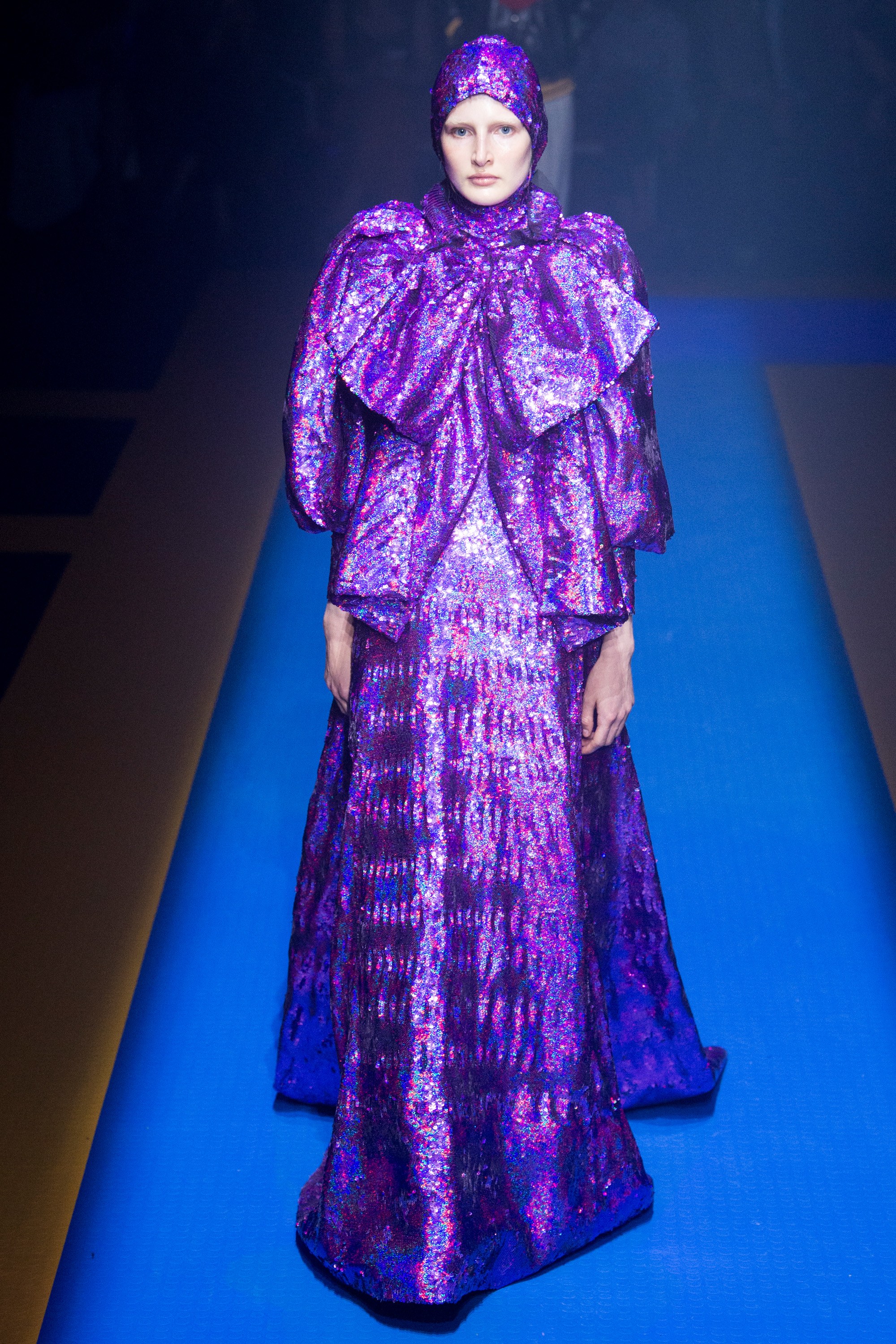
Then, there were the fashion houses of Bottega Veneta, Gucci and Etro, who showcased both their women’s and men’s spring-summer 2018 collection. After Gucci was the first brand to unite both the men’s and women’s collection under a single umbrella show, other brands – including Kering’s Bottega Veneta – presented both collections as one big showpiece. For Gucci, it was all about a contemporary hypnotism of women’s and men’s wears with a 70’s-meets-80’s vintage spirit. Bottega Veneta, on the contrary, was all about reflecting on an understated and refined luxury, in which everything speaks quietly and for itself.

Etro then celebrated its 50th anniversary with a show that saw a collaboration of both Veronica and Kean Etro (a brother-and-sister duo who are also women and menswear designers of the house). The collection combined and reflected the brand’s 50-year love of colors, Paisley and India.
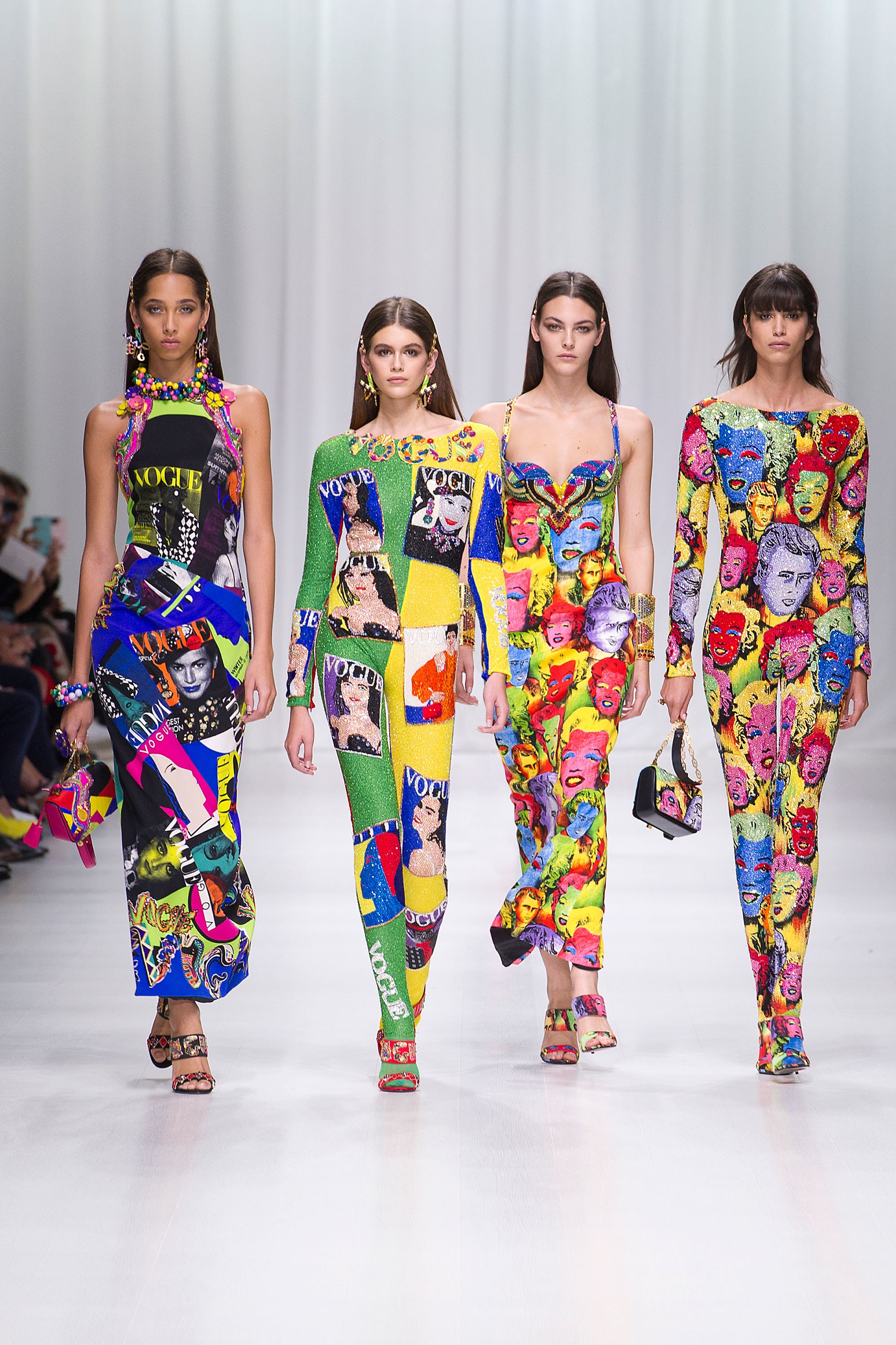
A further anniversary – an undeniably sad one – was celebrated by Donatella Versace, who dedicated the Versace women’s spring-summer 2018 collection to her brother, Gianni Versace, who was murdered 20 years ago in front of his Miami villa door. The show was a love letter to him with all the prints and fashion-items that took Versace to the mainstream on the runway: the baroque and Warhol prints, a love of super-sexy BDSM clothes and, of course, gold. The finale ended with a walk – as Versace used to do with super models – with Carla Bruni, Cindy Crawford, Naomi Campbell, Claudia Schiffer and Helena Christensen who walked on to sound-bites of George Michael’s “Freedom’ – a timeless revival.
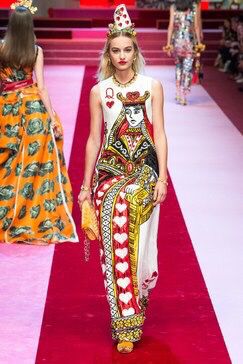
Together with such memorable fashion moments, Milan Fashion Week was also full of incredible collections.
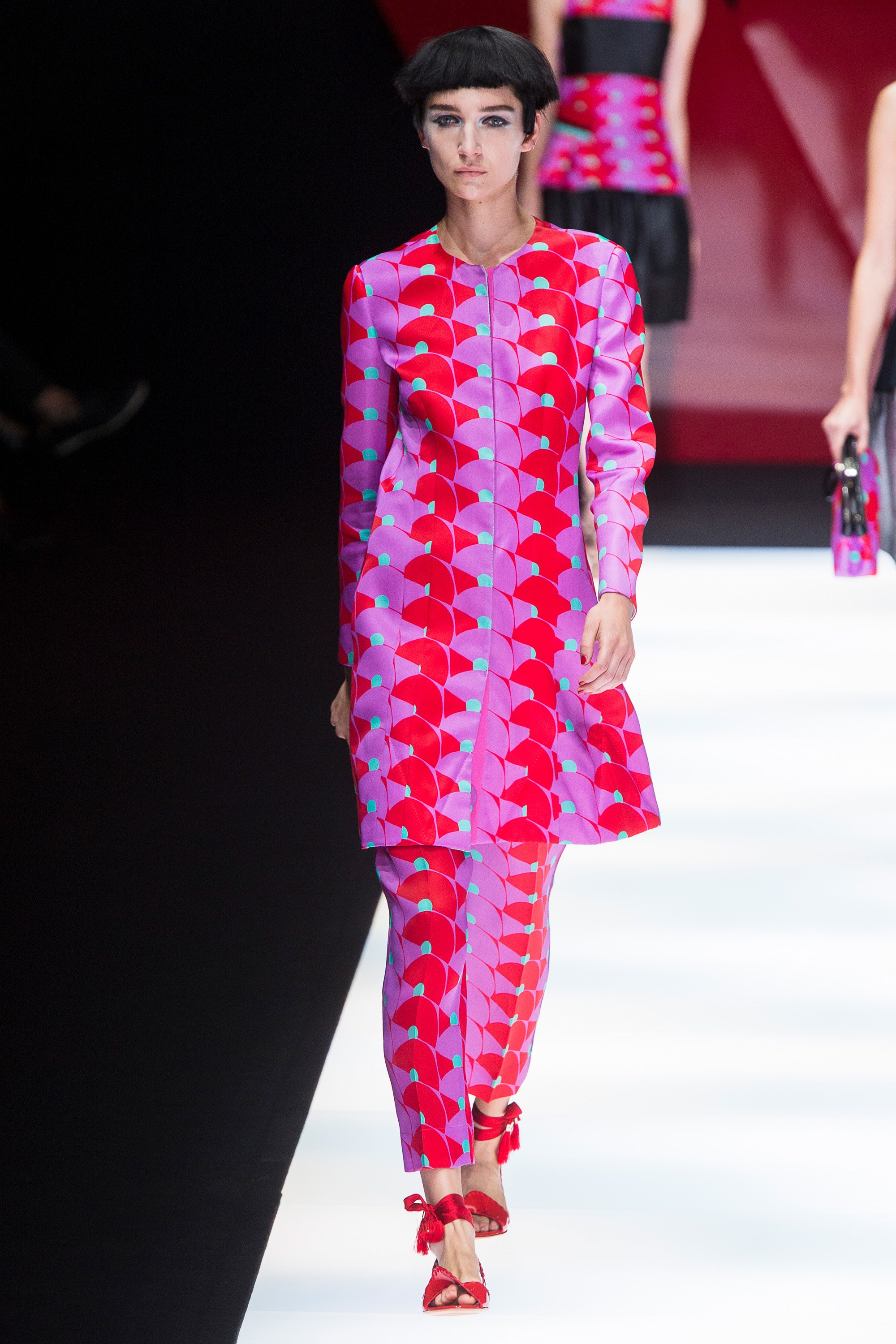
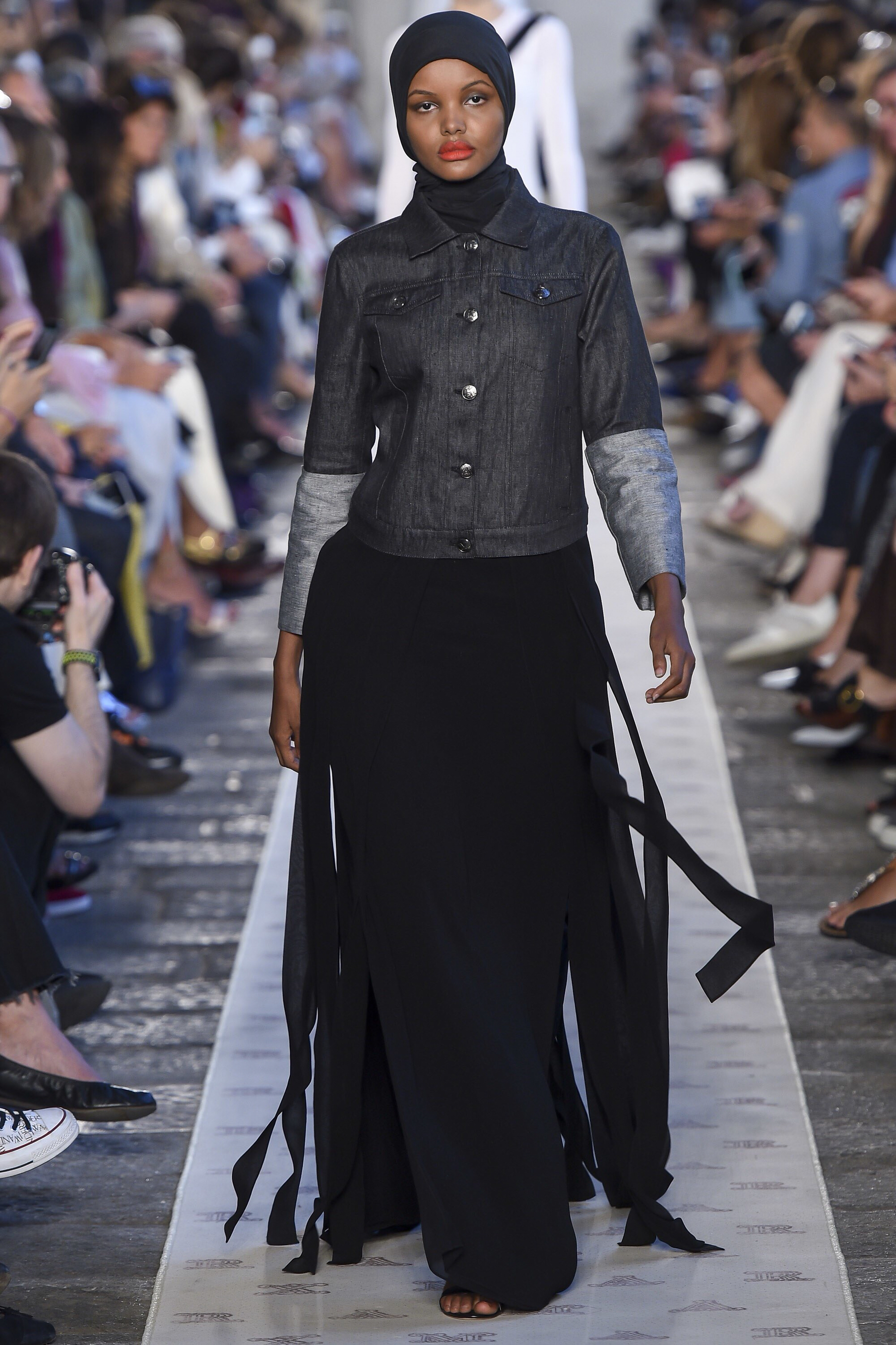
Dolce e Gabbana devoted their show to a millennial Queen of Hearts, while Giorgio Armani showcased his artistic inspiration, entitling his women’s spring-summer 2018 collection “Atelier d’Artistes” with suits and dresses that reminded of Klimt and Mirò but, of course, with a focus on what he is best known for: tailoring. Remaining in the tailoring sphere, Max Mara presented an exquisite collection that looked to the Middle East for inspiration with touches of his tailoring DNA – the coats, in particular, were magnificent.
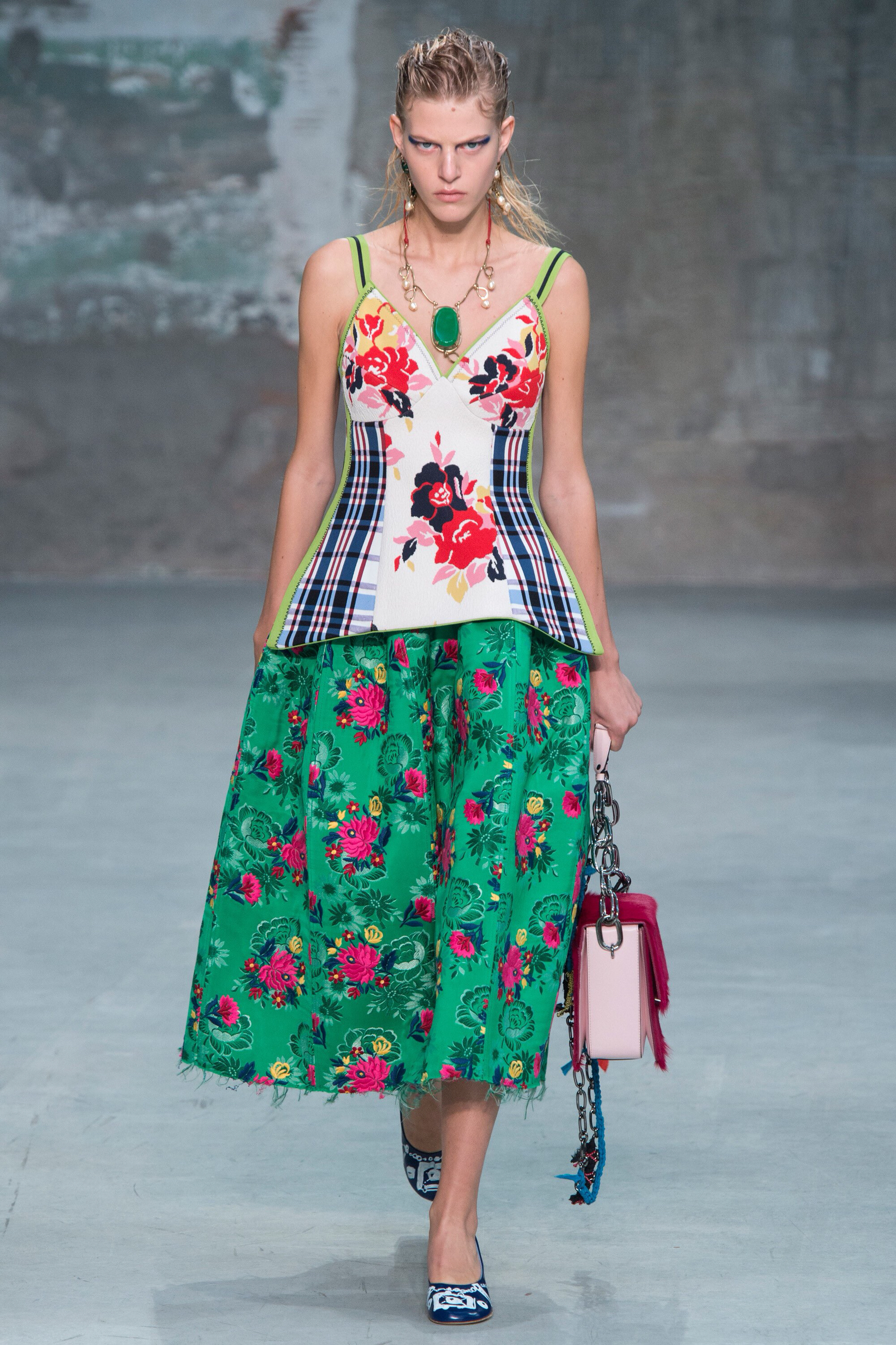
Francesco Risso, Marni’s Creative Director, re-imagined his collection in the guise of “two English gardens as seen by Tim Burton… with candles” presenting a mix-and-match of ideas and variations in clothes that would fit perfectly in a surreally futuristic world with an antique twist; Marni’s flower-print skirts were among the best on show during the Fashion Week marathon.
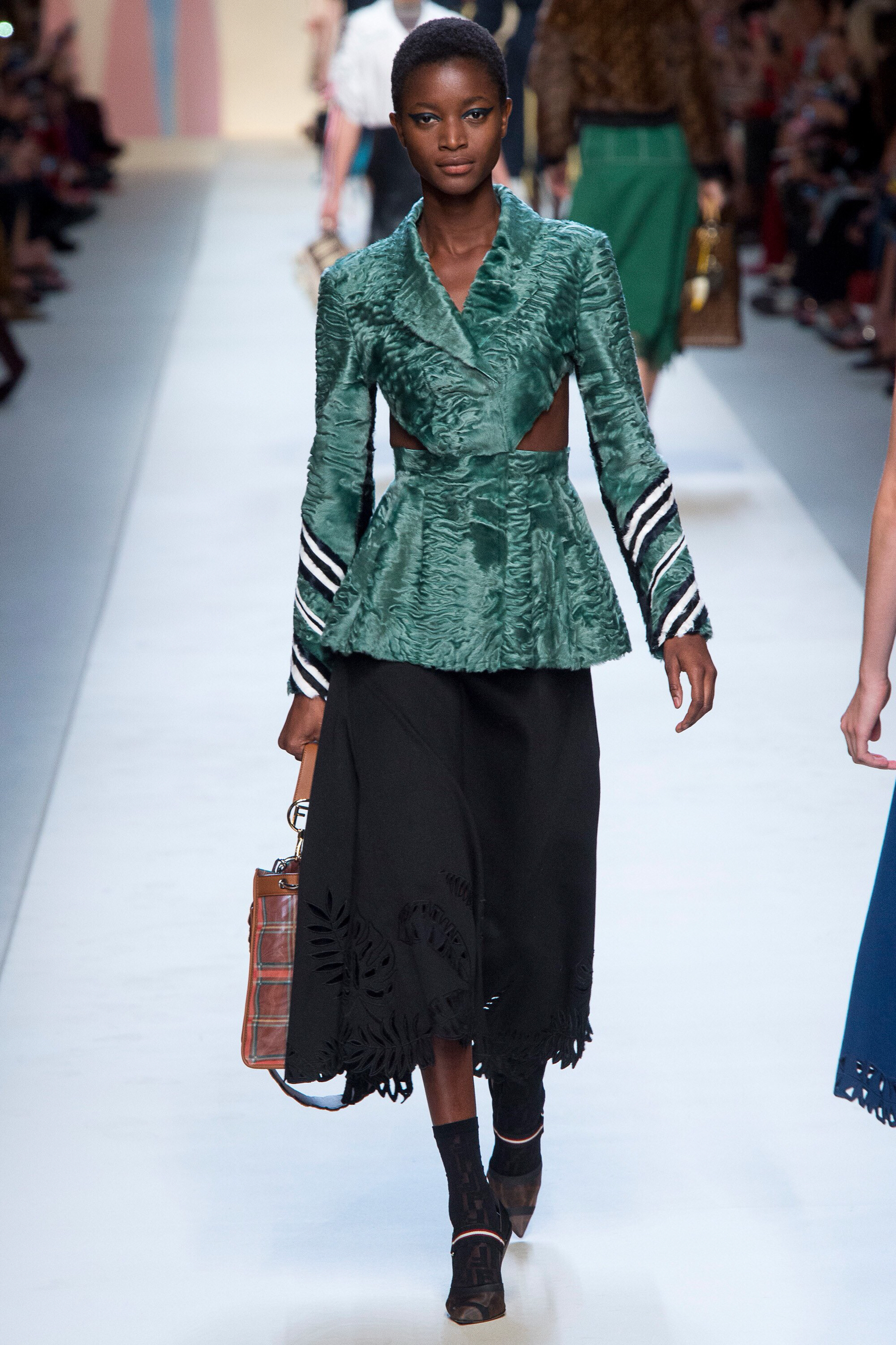
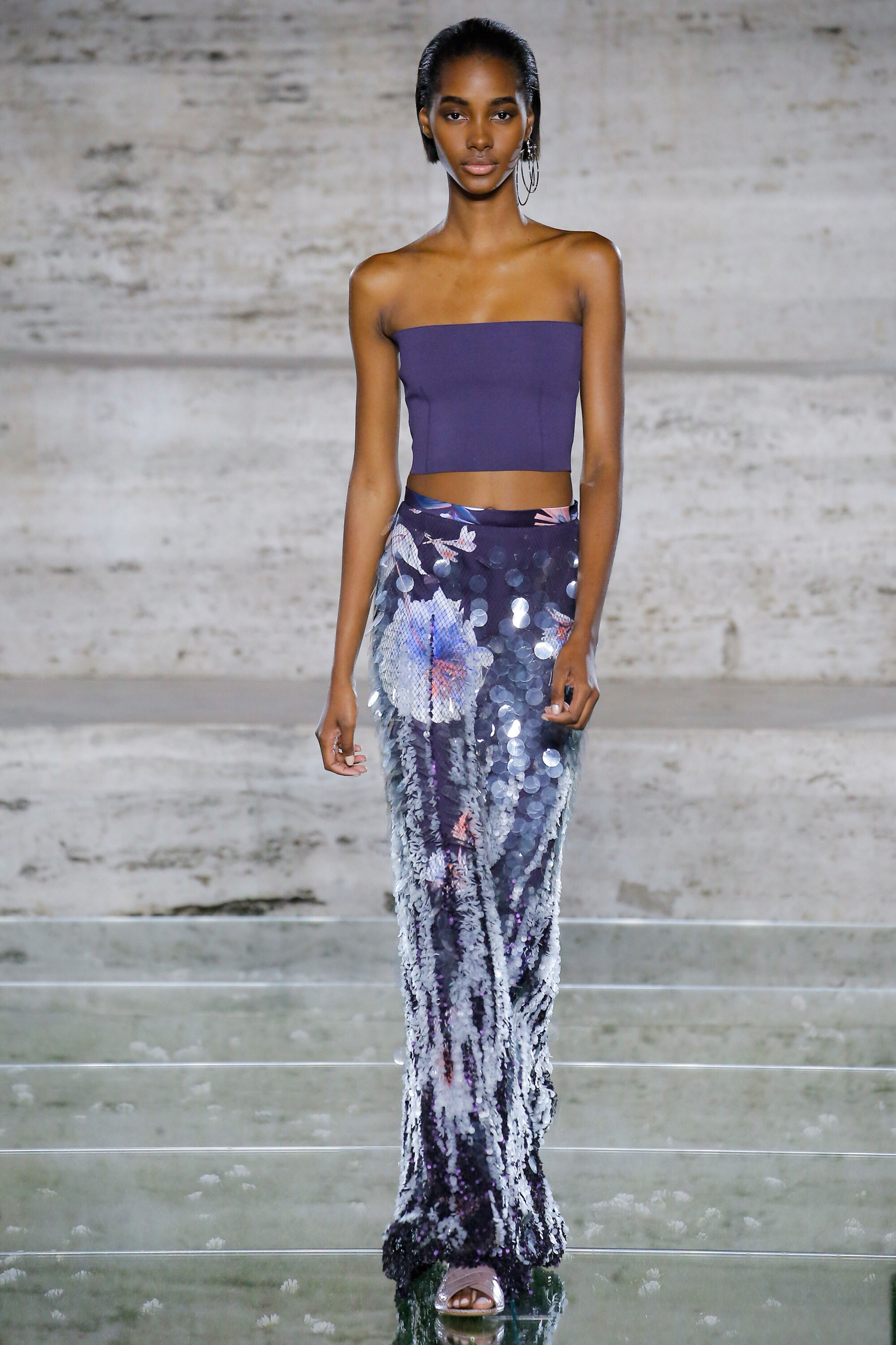
Italian art has long been the focus of Fendi and Ferragamo; Fendi looked to Italian Futurism, playing with triangular shapes (for example, shoulders and skirts in a triangular form) with a sense of dynamism and the power of technology; while Ferragamo looked to Botticelli and the Italian Renaissance, creating a gentle and soft collection with Capri appeal.


